PROTECT YOUR DNA WITH QUANTUM TECHNOLOGY
Orgo-Life the new way to the future Advertising by AdpathwayToday’s guest is running and movement coach, Lawrence Van Lingen, a world-renowned movement coach known for helping athletes move better by blending scientific principles, psychology, biomechanics, and intuitive coaching methods. He’s worked with a range of athletes, from Olympians and elite runners, to everyday movers to unlock efficiency, fluidity, and performance.
Running and what we would refer to as “functional strength” are closely related. Strength-based movements that train the gait cycle are amongst the most natural and effective versions available. In working the keys that make for better propulsion and effectiveness in locomotion, we can get insight into better strength practices in general.
In this episode, Lawrence van Lingen shares how crawling, backward movement, foot training, and resisted walking can strengthen critical elements of the gait cycle. He explores the connection between natural rhythmic movement and running performance, the ways fear can disrupt quality motion, and how play and curiosity drive better movement learning. From syncing strides to music to mobilizing the feet, Lawrence offers a range of practical, creative methods to enhance coordination and speed.
Today’s episode is brought to you by Hammer Strength and LILA Wearable Resistance Gear.
Use the code “justfly25” for 25% off any Lila Exogen wearable resistance training, including the popular Exogen Calf Sleeves. For this offer, head to Lilateam.com

Podcast: Play in new window | Download (Duration: 1:21:06 — 74.3MB) | Embed
Subscribe: Apple Podcasts | Spotify | Amazon Music | Android | Pandora | iHeartRadio | JioSaavn | Podchaser | Email | Deezer | Anghami | Youtube Music | RSS
View more podcast episodes at the podcast homepage. (https://www.just-fly-sports.com/podcast-home/)
Timestamps
3:30– Barefoot Origins: Impact on Human Movement
9:40– The Impact of Fear on Athletic Performance
20:55– Enhancing Running Performance Through Rhythmic Variation
29:00– Syncing Music Tempo with Physical Movements
37:38– Optimizing Athletic Abilities through Strong Hips
40:08– Enhancing Running Mechanics Through Resisted Walking Exercises
42:19– Enhancing Movement Quality through Central Patterns
45:51– Enhancing Ankle Mechanics Through Foot Mobility
52:35– Enhancing Mobility Through Unique Movement Practices
59:06– Enhancing Muscle Activation and Injury Prevention
1:12:02– Enhancing Running Mechanics Through Foot Mobilization
Key Takeaways
[3:30] – Barefoot Origins: Impact on Human Movement
Lawrence digs into why humans move so differently compared to animals. His take? Our lifestyle has pulled us far from our natural roots. Kids growing up barefoot, outdoors, and constantly playing tend to move better—more fluid, intuitive, and efficient. But if you’ve spent your life in shoes, cars, and classrooms, you’ve likely lost some of that.
Takeaway:
Reclaiming efficient movement may mean “unlearning” modern habits and returning to play, curiosity, and organic exploration—just like barefoot kids who never saw a car before age ten. Drills can help, but you won’t drill your way back to instinctual movement if your foundation is disconnected.
[9:40] – The Impact of Fear on Athletic Performance
Fear, even subtle, can hijack movement. Lawrence emphasizes that emotional blocks—doubt, hesitation, trying too hard—are often the root of poor performance. Confidence doesn’t just show up on the scoreboard, it’s embedded in your nervous system and your patterns.
Takeaway:
Fear shows up in the body before it shows up in results. Addressing performance isn’t just about skill—it’s about safety and trust in your movement. Don’t just train mechanics—train confidence in your central patterns. You can’t out-coach fear with drills alone.
[20:55] – Enhancing Running Performance Through Rhythmic Variation
Running with perfect repetition isn’t always the goal. Lawrence argues that variation in rhythm—like what you see when runners naturally sync with each other—adds adaptability and longevity. Uniform surfaces lead to breakdown; varied rhythm preserves the system.
Takeaway:
Train rhythm, not repetition. Each step should feel subtly different. That variability protects tissues and helps you go farther with less fatigue. If every stride feels robotic, you’re not in rhythm—you’re in survival mode.
[29:00] – Syncing Music Tempo with Physical Movements
Lawrence sees value in syncing to external rhythms, but only if you’ve earned the right tempo. Metronomes can create tension if you’re not ready. True coordination comes from internal rhythm, not forcing timing.
Takeaway:
Don’t chase tempos you haven’t trained for. Instead, groove at your own pace, build control, and gradually level up. Movement should feel like music—not like trying to speed up a guitar solo before you’ve mastered the chords.
[37:38] – Optimizing Athletic Abilities through Strong Hips
He focuses on freeing up hips through hands-on work and targeted movement. Instead of starting with drills, Lawrence helps athletes “become” runners by giving them the hips of one. Treatment and function drive form—not the other way around.
Takeaway:
Great runners don’t fake it—they feel it. Free up hip range first, then layer in the movement. If your hip flexors are locked, your drills are just rehearsing restriction.
[40:08] – Enhancing Running Mechanics Through Resisted Walking Exercises
Holding weight in front of the body changes how you use your hips. Lawrence points out that stacking weight this way forces a better connection between your torso and hips. It reduces compensation and sharpens the way your hips contribute to gait.
Takeaway:
Try resisted walking with a sandbag or log in front of you. It’s a constraint that reveals whether your hips are working or hiding. If you tend to leak energy through your upper body, this will clean that up fast.
[42:19] – Enhancing Movement Quality through Central Patterns
Crawling, central pattern generators, and the vagus nerve all come into play here. Lawrence highlights that movement is primal, and trusting your body often starts with re-engaging these foundational motor patterns.
Takeaway:
Start with the nervous system. Crawling, rhythmic breath work, and primal patterns recalibrate movement from the inside out. Want to move like you mean it? Go back to where movement began.
[45:51] – Enhancing Ankle Mechanics Through Foot Mobility
Foot function isn’t optional—it’s foundational. Lawrence outlines the “big three”: forefoot mobility, tibial internal rotation, and proper heel positioning. These pieces directly impact knee alignment, hip mobility, and overall running quality.
Takeaway:
Don’t skip the feet. Foot mobility isn’t about fluff—it’s your lever to better joint mechanics up the chain. Want cleaner hips or knees? Start by getting that first met head down and freeing your heel.
[52:35] – Enhancing Mobility Through Unique Movement Practices
Here, Lawrence frames movement constraints as creative tools. Exercises like backward walking or rope stomping aren’t just gimmicks—they’re simple, effective ways to restore lost range and sensory awareness.
Takeaway:
Think like a problem-solver. Movement constraints (like steep backward walks or stepping over ropes) can unlock mobility more efficiently than stretching ever will. Sometimes the weird stuff works best.
[59:06] – Enhancing Muscle Activation and Injury Prevention
Lawrence emphasizes targeting the hips—not the quads or calves—as key to building functional strength. Exercises that force extension (like walking backward or loaded marches) challenge underused ranges that most people have long abandoned.
Takeaway:
Want to prevent injury? Build strength where no one else is looking—behind you. Prioritize hip extension and knee-behind-hip mechanics. Flexion is overtrained. Extension is the missing piece.
[1:12:02] – Enhancing Running Mechanics Through Foot Mobilization
This section wraps it all together. Lawrence lays out a checklist: forefoot mobility, internal tibial rotation, heel positioning, and met head contact. If you miss these, everything above the ankle suffers.
Takeaway:
Running mechanics live and die at ground level. Get the foot right, and the whole chain starts to self-organize. Think of it like adjusting the lens—suddenly everything becomes clearer.
Quotes
(12:55) “If you cut a chicken’s head off, it still runs around, you know. So those are your central pattern generators…. a lot of running or bipedal movement is just totally ingrained in us and you know, and our heritage from anthropology.” – Lawrence van Lingen
(14:47) “Trust your movement better…that sort of deep, unshakable trust in your movement patterns that you really want on big occasions, that’s what the big athletes have got.” – Lawrence van Lingen
(19:28) “When I was in South Africa with African runners, these guys, there was no coaching, no drills, and it was very, very organic and it was just amazing. I mean, money can’t buy the beauty and, and the elegance and the grace that they moved with.” – Lawrence van Lingen
(27:37) “You have to relax into competence and let go to express yourself. And when you’re forcing and trying too hard, it just doesn’t work.” – Lawrence van Lingen
(32:10) “I like to say curiosity and play and neuroplasticity requires play and curiosity. And you, when you’re in a parasympathetic mode, you tend to be curious.” – Lawrence van Lingen
(42:36) “Solve movement patterns as high upstream as possible because the consequences downstream tend to fall into place.” – Lawrence van Lingen
(1:17:23) “The line of force production is big toe, VMO, glute, max. And if you’ve got VMO issues, your first met head’s not finding the ground.” – Lawrence van Lingen
About Lawrence van Lingen
Lawrence van Lingen is a globally recognized movement coach known for his unique ability to blend biomechanics, biology, mental states, and intuitive coaching into transformative movement practices. With over two decades of experience working with elite athletes, high performers, and everyday movers, Lawrence helps people move with greater ease, efficiency, and purpose.
Drawing on his background in sports science and chiropractic care, Lawrence developed a distinctive approach that focuses on restoring natural movement patterns, improving structural integrity, and enhancing overall body awareness. He is the founder of the Anatomy of Movement series, which breaks down complex concepts into accessible, actionable insights for coaches, therapists, and athletes alike.
Lawrence’s work has taken him around the world, collaborating with Olympic teams, professional cyclists, runners, and top-tier fitness organizations. His coaching style is intuitive, precise, and deeply rooted in the belief that how we move reflects how we live.
Free Speed Training eBook - Velocity 101

Improving speed is one of the most popular topics in the athletic performance equation. Where there are many ideas and thoughts out there, as to particular training exercises, or setups, the more core aspects of speed training often go without mention. These include the fundamental aspects of what makes an athlete fast, specific sprint-power concepts, the relevance of "3D" motion, motor learning and more.
Velocity 101 will help you take a leap forward in understanding of what makes athletes fast, and how to train it effectively
Invalid email address
We will never sell your information and you can unsubscribe at any time.


 3 weeks ago
1
3 weeks ago
1





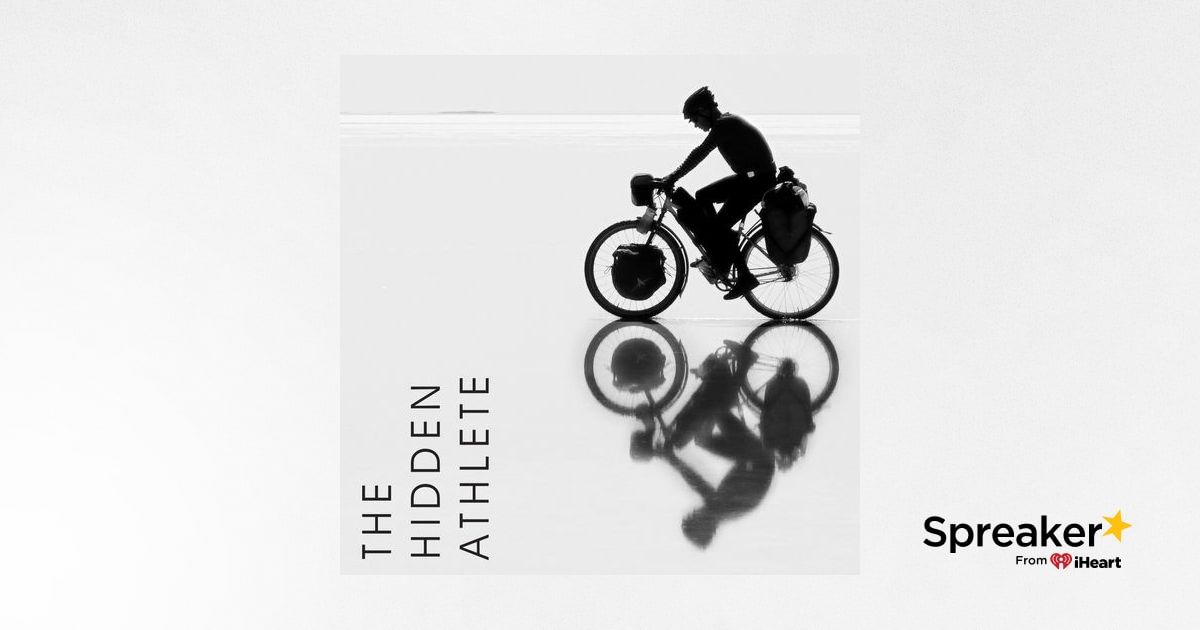


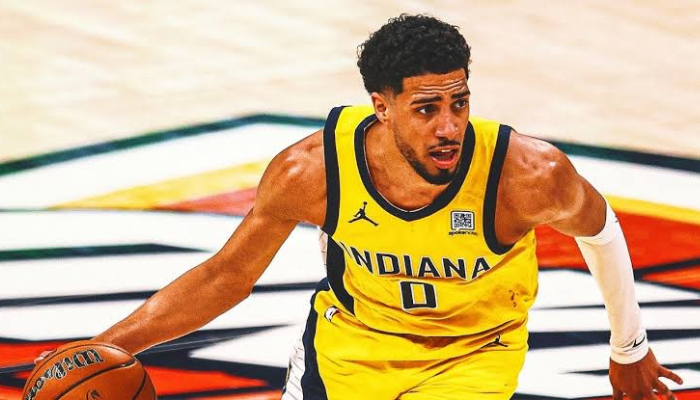
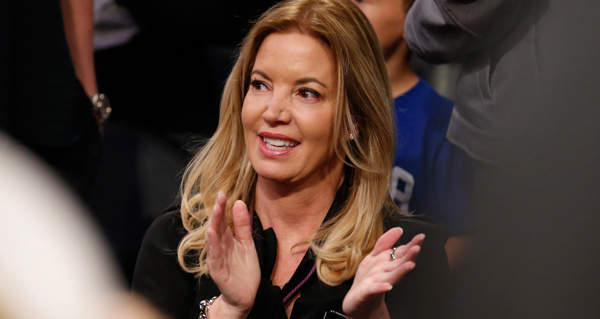


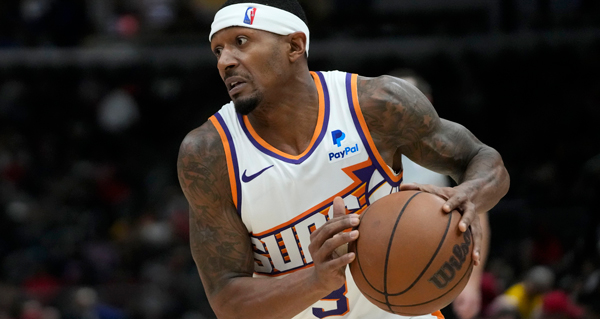
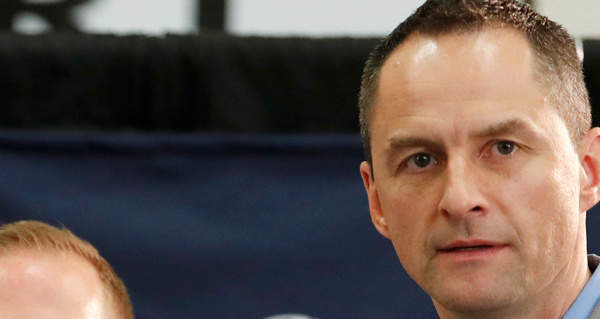


 English (US) ·
English (US) ·  French (CA) ·
French (CA) ·